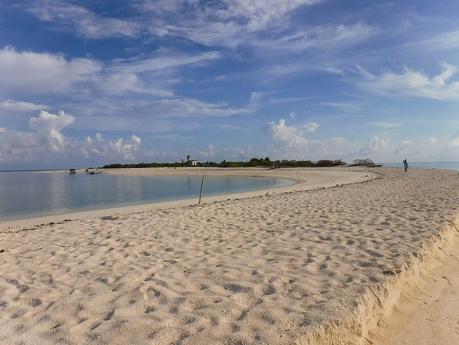
The Philippines has over 7,000 islands. But not all these islands are accessible by normal means. In fact, some of them, such as Seco Island remain raw, unadulterated, and almost unexplored. Her visitors are only the denizens of the sea and the few local fishermen who ply the Sulu Sea. This virgin white spot in the middle of the deep blue never fails to dazzle the wandering mind. Thanks to the generosity of Katahum Tours, Team Sweetie—together with various Pinoy travel bloggers, vloggers, and influencers—were able to set foot on Seco Island.
Our wake-up call was 2 AM, so we staggered half asleep into the van that will take us to a public beach at the coast of Tibiao. By and by, excitement replaced our weariness as we saw a dinghy emerge from the darkness. By batches of 10, we rode the dinghy to the waiting fishing boat anchored a hundred yards from the shore.
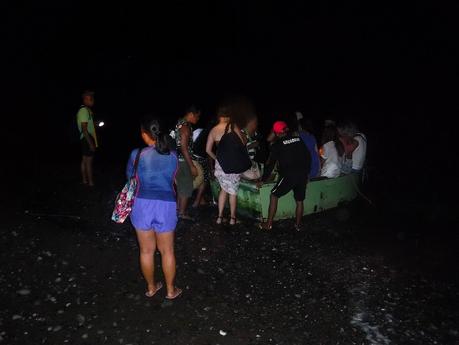
With everyone on board, the trawler’s engine rumbled to life. The crew laid down a thick sheet of canvas on the deck where some caught up on their sleep. Some slept on the soft fishing nets, bundled in a heap at the stern of the boat.
We traveled through dark waters, the town’s lights diminishing as we sailed northwest of mainland Panay.
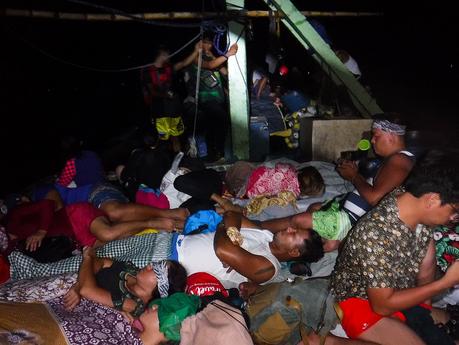
A few hours later, the orange glow of dawn peeked behind the majestic slope of mighty Mt. Madjaas, which we successfully climbed a few days prior. Seeing a beautiful sunrise in the darkness never fails go give us hope, excitement, and enthusiasm to face the coming day.
If you feel the weight of the world is on your shoulders, remember that it won’t last forever. In life, there’s always a sunrise. Every day!
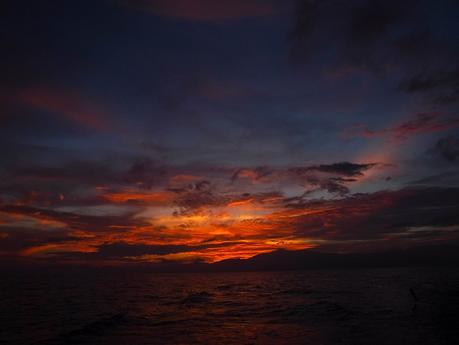
With an area of 260,000 kilometers, the Sulu Sea is one of the biggest seas in the Philippines. It is one of the richest fishing grounds in the Philippines and home to a huge number of marine creatures. In fact, we saw a glimpse of dolphins a few hundred yards after this photo was taken. Too bad we weren’t able to snap one; they were just too quick!
The Sulu Sea is where one of the most famous World Heritage Sites—the Tubbataha Reef National Park—is located. It is one of our dreams to dive there.
Our destination is somewhere in the northwest of the Sulu Sea. And it was still a couple of hours away.
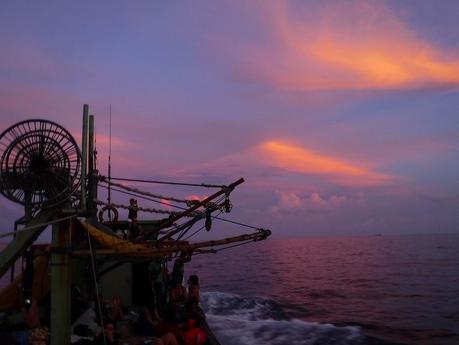
It was close to 7 AM, and the sun was high above the horizon when we reached our destination—lovely Seco Island. In the morning light, it looked just like a white strip of sand with plants growing on it.
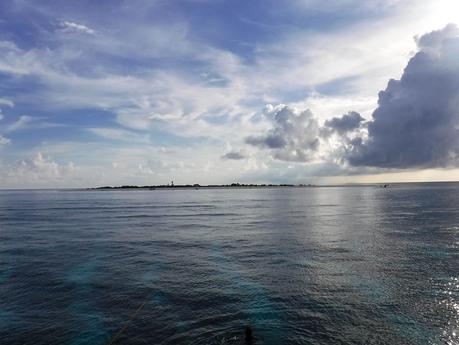
Because we dropped anchor several hundred yards from the island, we need to transfer to a small dinghy so we can reach the shore.
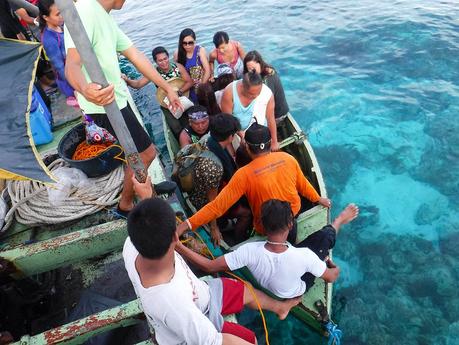
A small motorized boat which serves as mobile skiff from the mother ship towed our dinghy towards the shore. If it’s not ferrying tourists, this small pumpboat is typically used to scout fishing grounds, bring supplies to the mother ship, or shuttle people from one trawler to another.
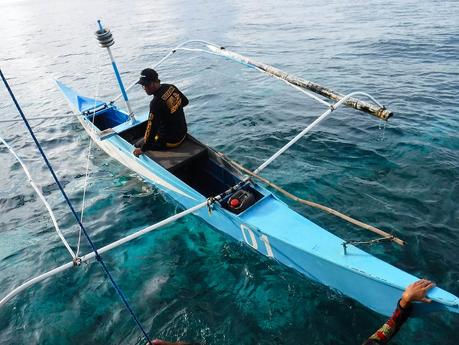
Seco Island sits in the northern end of a vast sea. As such, sea is treacherous, replete with unpredictable huge waves and strong winds. As such, normal tourist pumpboats rarely sail here in fear of being capsized or battered by the elements of Mother Nature. And in open waters where land is nowhere in sight and hours away, currents are strong, and waves are big, there is a dim hope of rescue in case of an unfortunate event.
Despite the stink of the fish from the last catch, it’s actually quite a relief that we rode this bigger and safer fishing trawler to the island.
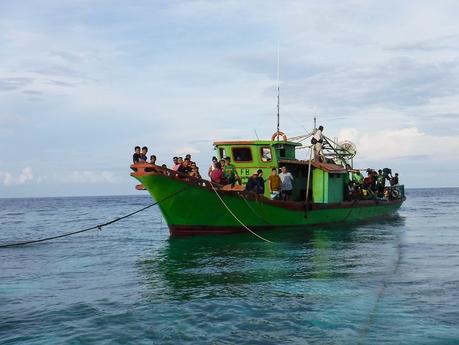
In a few minutes, we buried our feet in the soft and pristine sand of secluded Seco Island. Similar to Kalanggaman Island, Seco Island is a large sandbar. The center of the sandbar juts out of the high tide line enough that shrubs and small bushes can grow on it.
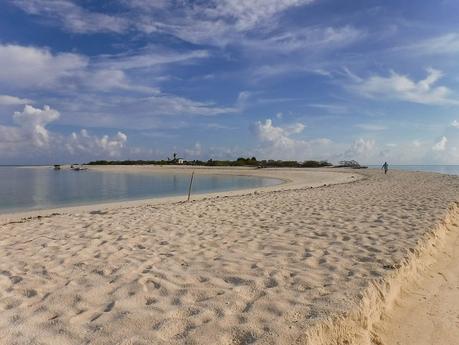
The entire island is covered with talc-like white sand. It felt so soft that we couldn’t resist walking on the pristine sand barefoot!
Oh, do you know that that white sand is actually made of parrotfish poop? Yup, parrotfish trim corals by eating its exoskeleton, using their sharp beaks to shear off the hard coral substrate. After the poop is excreted, the particles are carried via currents to beaches like these. Yes, we’re all stepping, laying, and enjoying on parrotfish poop!
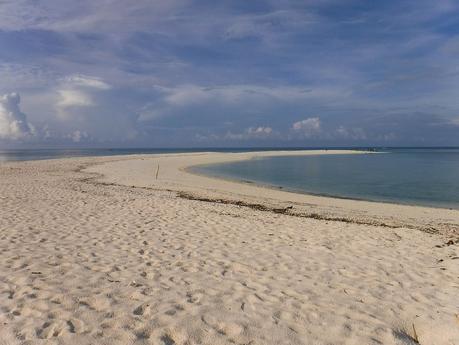
Due to its distance from the mainland and the logistics of getting here, Seco Island is not a standard tourist destination—at least for now. As such, we have the beach for ourselves. If you’ve ever wanted to have your own private beach even for a few hours, then this is it!
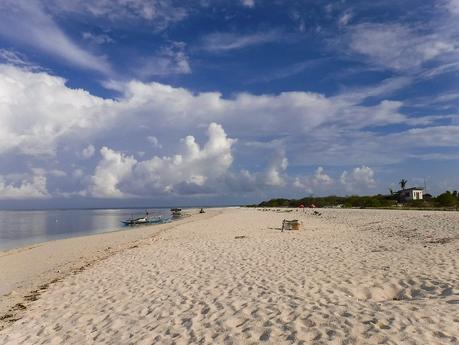
Shrubs and bushes grow on the sandbar, despite the not-so-ideal conditions. These foliage must have adapted to the extreme conditions here—salt water, salty air, over-the-top sun exposure, and sand that lacks nutrients.
There’s also an abandoned structure at the middle of the island. We wonder what it was for. Perhaps it an automatic radio relay station, judging from the antenna beside it. Dotting many spots in the island are ramshackle structures of bamboo and nipa.
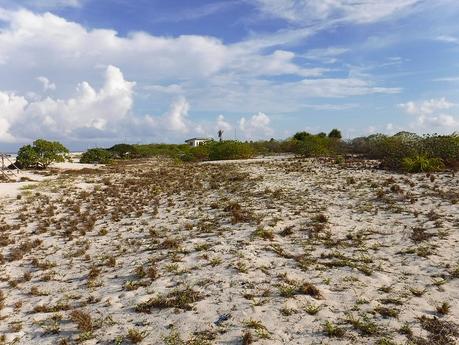
Although Seco Island is not a tourist spot, it does serve another purpose. The presence of docked fishing boats suggests that this sandbar is a resting place. Or perhaps a rendezvous point where they can exchange their catches.
The fishermen sailing on these small, fragile boats in the middle of a huge sea must be insanely brave!
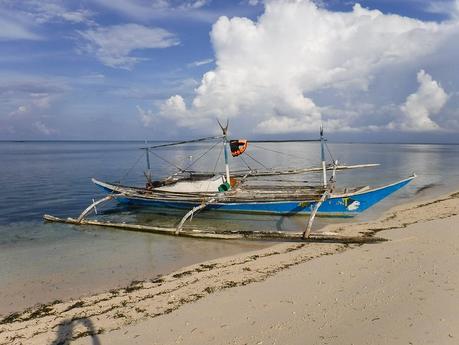
A floating cottage? Are these for tourists? Most likely these are for fishermen who want to seek protection from the sweltering sun while having lunch. Of course, we believe these can also be used by the rare tourist who visit the sandbar.
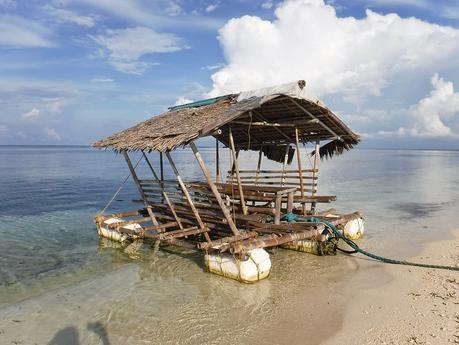
We gathered in one of the ramshackle cottages for a short safety briefing and to put our bags there. Meanwhile, the staff of Calawag Mountain Resort cooked and prepared lunch for us.
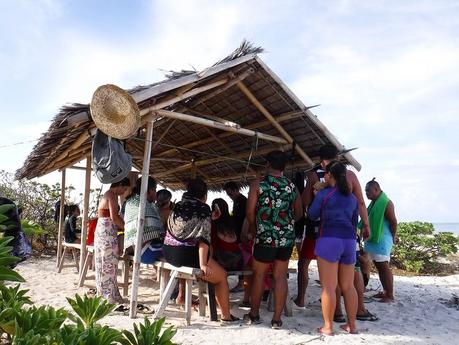
Swimming time! Who wouldn’t be tempted to frolic in such crystal clear water? Is it even water at all? It’s like liquid lapiz!
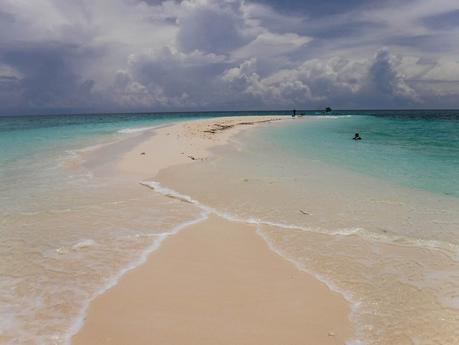
While others were having a swim and taking Instagrammable photos, Sweetie and I explored Seco Island, hunting for cowries and hermit crabs. We had fun trying to turn over empty shells to see if the’re occupied by these critters.
Hermit crabs don’t have shells of their own. Instead, they make their homes inside mollusk shells whose occupants have long ago perished.
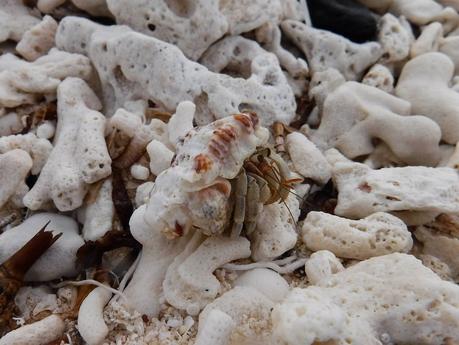
We had a great lunch of grilled fish and pork at mid-day, and everyone had a great tan after hours of swimming. But because the winds have started to pick up and thick clouds began to gather in the west, we decided to pack up and leave Seco Island.
But we definitely can’t get enough of that stunning water, powdery sand, and absolute isolation.
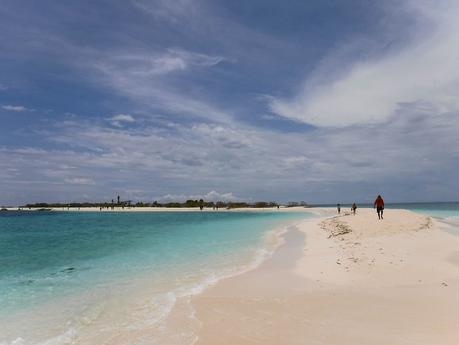
As we hauled back our anchor and sailed away to the mainland, we could see that Seco Island has some more amazing jewels underneath the surface. Just check out those coral heads! How I wish we brought our snorkeling equipment!
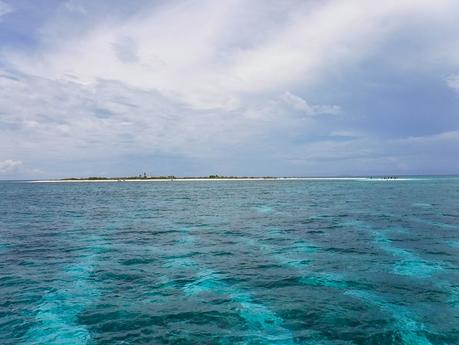
Midway towards the mainland, we sailed past local fishermen who sought their bounty far out into the open sea. It’s a testament to their courage; just imagine they are on these flimsy boat miles away from solid land. And they’re fishing in a sea that can devour them easily in an instant!

Seco Island is definitely a raw gem in the middle of a turquoise sea whose vastness is almost incomprehensible. Its remoteness and isolation may make it unsuitable for mass tourism. Perhaps many won’t set their eyes or feet in this enchanting sandbar. But that may be the way Mother Nature intends it to be. Even then, we are eternally grateful to Mother Nature that she allowed us to experience yet another of her rare treasures.
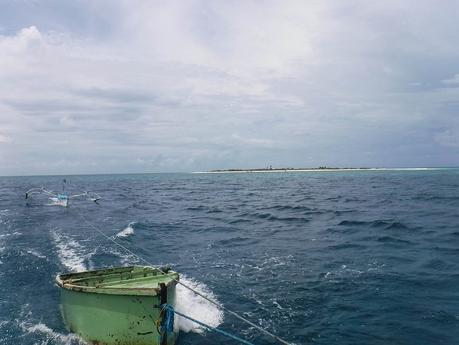
How to Get to Tibiao, Antique
Take a flight or boat trip from Manila or Cebu to either Iloilo or Kalibo.
From Iloilo, take a bus bound for Culasi or Kalibo. Tell the bus conductor to drop you at the crossing of Barangay Tuno in Tibiao. From there, ride a habal-habal (motorcycle for hire) to take you to Calawag Mountain Resort. Fare should be more or less Php 70 per person. Or you can also ask the driver to drop you at Kawa Inn/Tibiao Fish Spa in Barangay Malador.
From Kalibo, take a bus bound for Culasi or Iloilo. If you’re taking the latter, make sure to ask the conductor/driver if they will stop at Tibiao; we believe there are now two routes to Iloilo. From there, ride a habal-habal (motorcycle for hire) to take you to Calawag Mountain Resort. Fare should be more or less Php 70 per person. Or you can also ask the driver to drop you at Kawa Inn/Tibiao Fish Spa in Barangay Malador.
Getting to Seco Island
Seco Island is way off shore from Panay. As mentioned in the blog, it sits in the north of the vast Sulu Sea, and it’s not easy to get there. As far as we know, there are no commercial tourist services that regularly travel to Seco Island. We found YouTube videos of people visiting Seco Island, but they were onboard a large yacht.
As mentioned before, Seco Island is situated in the middle of treacherous open waters. Normal tourist pumpboats may not be able to sail through these waters. Pumpboat operators may be reluctant to undergo such a trip, considering the distance that need to be traversed. As such, you need a bigger, safer, and more reliable vessel for a safer trip.
Should you wish to visit Seco Island safely and reliably, get in touch with Katahum Tours using the following contact details.
- Address 1: Kawa Inn/Tibiao Fish Spa, Barangay Malador, Antique, or;
- Address 2: Barangay Tuno, Tibiao, Antique, Philippines
- Website: Katahum Tours
- Facebook Page: Katahum Tour
- Email: [email protected] / [email protected]
- Phone Number: 0917-450-3121 / 0917-531-6518
- Contact Person: Flord or Detchie

